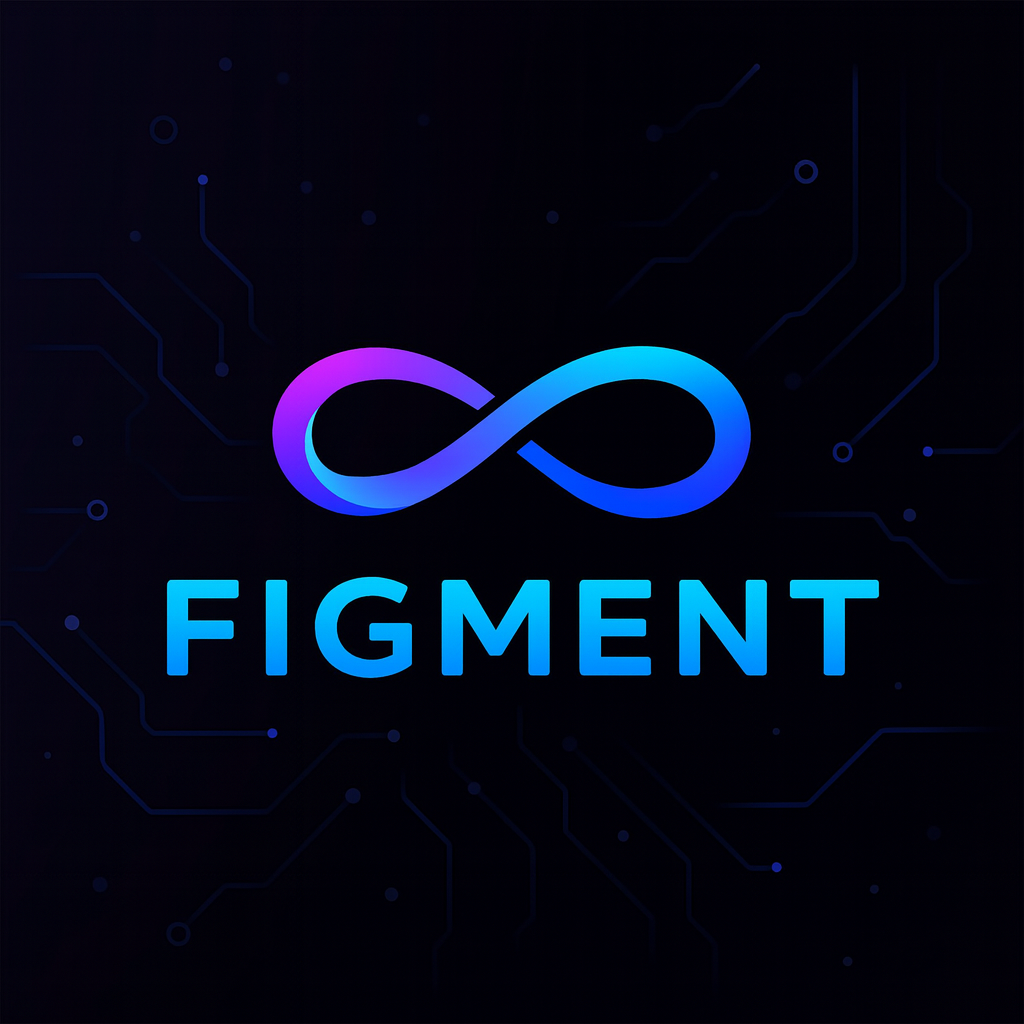
Figment.io, Nice Overview
DEX and CEX advantages in one
Figment is a blockchain infrastructure company focused on Proof-of-Stake (PoS) networks.
https://figment.io/
Their main clients are institutional users: asset managers, exchanges, wallets, foundations, custodians, etc. Some key offerings include:
- Staking services across 50+ protocols (Ethereum, Solana, Polkadot, Cosmos, Aptos, etc.)
- Secure infrastructure, validator operations, rewards reporting, analytics/data tools, APIs, custody & wallet integrations.
- Tools for institutions to manage risk (e.g. slashing risk, downtime, etc.).
Staking means locking up PoS tokens (e.g. ETH, SOL, DOT) to help secure a blockchain network, participate in consensus, and earn rewards in return. With Figment, staking has the following features:
- Non custodial or custodied options: Clients maintain custody of their tokens (Figment does not take control of private keys) unless they choose to use a custodian.
- Validator operation: Figment runs validators; stakers delegate to validators. Figment ensures high performance, tries to minimize slashing risk and downtime.
- MEV Boost, rewards optimization (for Ethereum) to help maximize rewards.
- Rewards reporting, dashboards, analytics: so that stakers (especially institutions) can track what they earned, when, across which validators, etc.
Restaking is a newer, more advanced mechanism built on top of PoS staking. Essentially, restaking lets you use your staked assets (e.g. ETH staked on Ethereum) to secure / support additional protocols or services beyond just the base chain, so you can potentially earn extra rewards whilst leveraging your existing stake. Figment supports restaking, especially via EigenLayer.
Here are the details and the key concepts:
- EigenLayer: A protocol/ecosystem that lets holders of staked ETH (and eventually other assets) restake them, meaning those staked ETH are used as collateral/security for additional services/protocols (“Actively Validated Services” or AVSs).
- EigenPods: Smart contracts that users deploy. They act as the withdrawal address for their validators, and are involved in managing restaked ETH, including penalties/slashing events that arise from the AVSs.
- AVSs (Actively Validated Services): Secondary protocols that need security/collateral to operate, and whose security depends on restaked ETH via EigenLayer. By restaking, you expose your ETH to both the consensus layer (Ethereum) and to whatever risk/rewards come from the AVSs you support.
From Figment’s restaking guides and documentation, here is a typical restaking flow for ETH via EigenLayer:
- Stake ETH normally on Ethereum, but when setting withdrawal credentials you use or deploy a new EigenPod contract (if you don’t already have one) as withdrawal address.
- Deploy EigenPod if needed. Figment’s app helps with this.
- Activate validators: Once ETH is staked, wait for validators to be active. Then verify validators in the Figment app (“Awaiting Restake” status) to enable restaking logic and interaction.
- Delegate to an Operator: After verification, you choose a public operator (e.g. Figment’s operator) to delegate your restaked ETH. That operator runs AVSs, and you’ll start receiving restaking-based rewards (on top of the normal staking rewards).
- Monitoring, rewards, exit: Monitor your restaked position via Figment’s dashboard. Rewards include ETH consensus rewards, possibly AVS rewards (once they go live), other yield streams. If you want to stop restaking, you go through exit steps: you exit your validators, withdraw via the EigenPod, etc.
Benefits of Restaking via Figment
- Additional rewards streams: Because restaking allows your ETH to earn not just the base staking rewards but also rewards from protocols relying on EigenLayer.
- Amplified security: By restaking ETH, you help secure multiple networks / protocols, which can improve overall ecosystem security.
- Efficiency: More utility from the same staked ETH, restaking avoids needing separate collateral for each protocol.
- Institutional grade tools: Figment provides dashboards, reporting, APIs, risk-management (e.g. slashing coverage), which are especially valuable for institutions.
Restaking is more powerful, but also adds complexity and risk. Important things to watch out for:
- Slashing / penalties: If any AVS misbehaves or your operator does bad things (downtime, incorrect blocks, etc.), your restaked ETH might be penalized. Because restaked ETH is exposed to both base layer and AVS risk.
- Operator choice matters: The operator you delegate to decides which AVSs are active. That changes your risk exposure. If an operator supports many AVSs (or risky ones), your exposure is higher.
- Lock-up / withdrawal delays: There may be periods of waiting (validator activation, validator exit queue on Ethereum, withdrawal via EigenPod, etc.). These can introduce liquidity risk.
- Unclear reward mechanisms for some AVSs: Not all AVSs have fully defined reward distributions yet, so figuring out exact yield vs risk can be hard.
- Smart contract and protocol risk: EigenPods, StrategyManagers, etc., depend on correct implementation. Bugs, exploits, governance risks matter.
What makes Figment stand out for staking / restaking:
- Very strong institutional focus: built-in tools for reporting, risk coverage, APIs, integrations with custodians & wallets.
- SOC2 compliance and high operational standards for validator infrastructure.
- Good UX: Figment provides tools to simplify restaking: in-app guidance on deploying EigenPods, verifying validators, delegating operators.
- Transparent about the risks, AVS participation, operator policies.
Putting together from their guides, here’s how a user might restake ETH via Figment:
- Use Figment’s staking app, connect a wallet (e.g. MetaMask, WalletConnect or custodian wallet).
- Deploy an EigenPod if you don’t have one (the app helps you). Set that as your withdrawal address.
- Stake 32 ETH (for a validator) or use liquid staking options in some contexts.
- Once your validator is active, you should verify it (via Figment app) for restaking (“Awaiting Restake”).
- Delegate your restaked position to an operator (you can choose Figment’s public operator). From there, start earning AVS based rewards plus regular staking rewards.
Figment.io offers robust staking and restaking services, particularly appealing to institutional users. If you’re staking ETH, their support for EigenLayer restaking allows you to get extra reward streams, participate in newer networks (via AVSs), while still using the same staked ETH base. Of course, these additional rewards come with additional risk, so it’s important to understand operator choices, smart contract risks, and possible delays.
